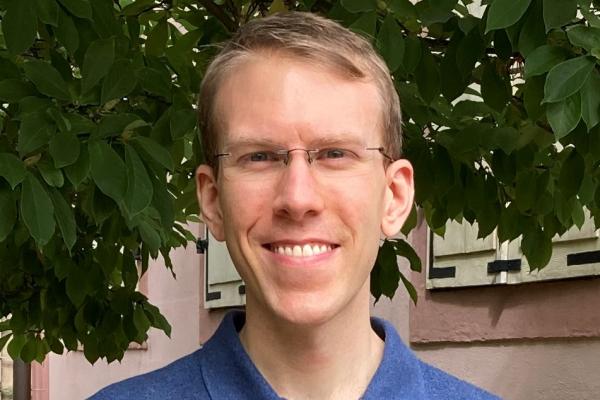
Dr. Tyler Gorda
University of Frankfurt
Probing strongly interacting matter at the highest densities
Location: 1080 Physics Research Building
Faculty Host: Yuri Kovchegov
Abstract: The cores of the most massive neutron stars contain the densest matter in the universe. What is possible to learn about the behavior of strongly interacting matter near these extreme densities? In this colloquium, I will outline an interdisciplinary framework that synthesizes state-of-the-art information from nuclear theory, high-energy theory, and astrophysics to address this question. I will show how this framework can be used to constrain the microscopic properties of high-density strongly interacting matter, providing a strong indication for the nucleation of some form of quark matter within the cores of the most massive neutron stars. Finally, I shall discuss future research directions to identify further imprints of quark matter with next-generation detectors.
Bio: Dr. Tyler Gorda is a postdoctoral researcher in the relativistic astrophysics group at Goethe University Frankfurt, studying the behavior of strongly interacting matter at high densities. He earned his Ph.D. in physics in 2016 from the University of Colorado Boulder and has held postdoc positions at the University of Helsinki, the University of Virginia, and TU Darmstadt. Dr. Gorda is currently broadly interested in the behavior of strongly interacting matter in extreme environments and exploring the phase diagram of quantum chromodynamics, the theory of the strong nuclear force.
